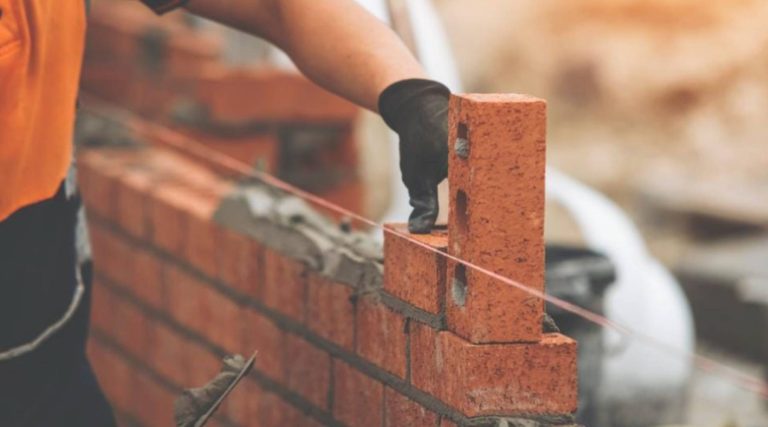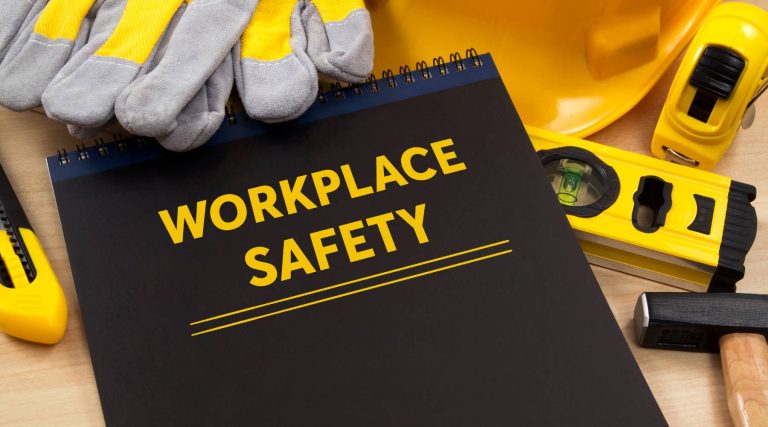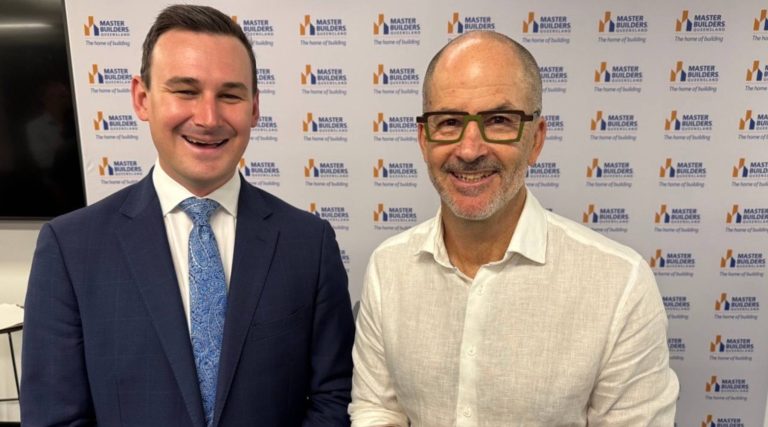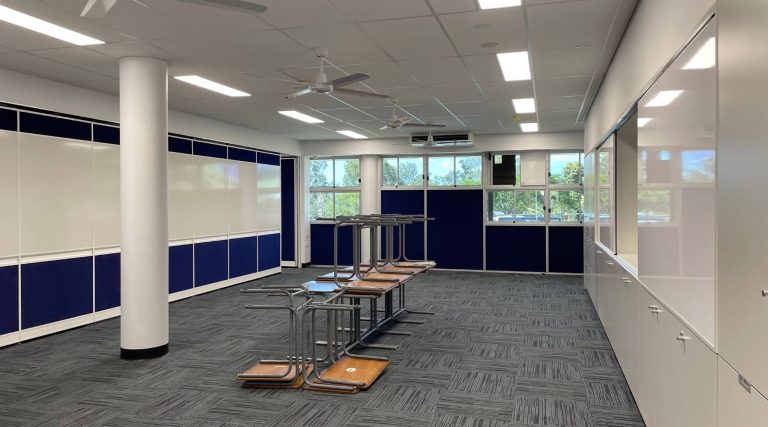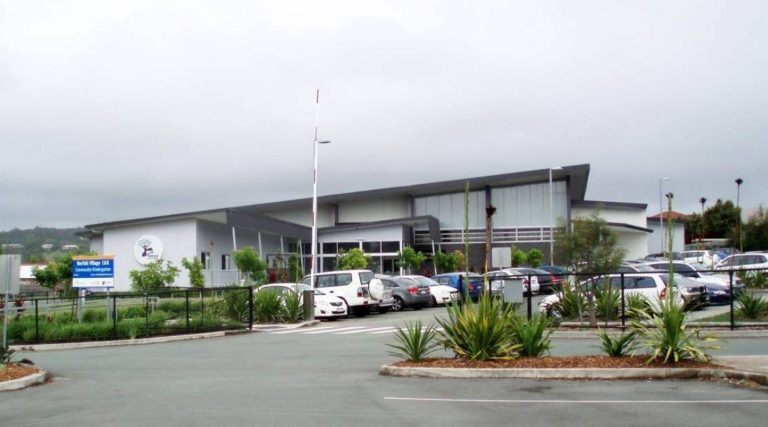New analysis from Equifax reveals tentative signs of improvement in segments of Australia’s construction industry, even as insolvencies remain elevated and smaller operators face acute financial pressures.
While construction business failures are still tracking 30 per cent higher year-on-year, the rate of increase has slowed in recent months, with mid-to-large firms demonstrating greater resilience.
Larger businesses — particularly those generating over $10 million in revenue — have seen credit quality stabilise or improve in FY2024.
Equifax data highlights a reduction in the proportion of mid-to-large firms rated ‘high to very high risk’, supported by stronger financial metrics and effective management of legacy contracts.
Key to this recovery has been the recycling of order books, where newer, higher-margin projects offset losses from older engagements impacted by inflation, supply chain disruptions, and labour shortages.
In contrast, smaller businesses employing fewer than five staff continue to face record insolvency rates.
Thin capitalisation, limited borrowing capacity, and vulnerability to project delays have left many unable to weather prolonged operational challenges.
Civil engineering and heavy construction firms lead the recovery, with nearly one-third (32 per cent) receiving credit rating upgrades in 2024 — roughly three upgrades for every downgrade.
Non-residential builders also showed moderate improvement, with 24 per cent of firms upgraded.
Residential construction, while still the weakest sector, has stabilised after a spike in downgrades earlier in the year.
Brad Walters, Head of Product and Rating Services at Equifax, cautioned that risks remain but struck an optimistic note: “Credit rating insights suggest we may be turning the corner, pointing to a likely slowdown in insolvencies ahead.
“This is welcome news for an industry critical to meeting housing and infrastructure targets.”
The findings underscore a bifurcated landscape: larger, diversified firms are better positioned to navigate headwinds, while smaller operators remain exposed to systemic pressures.
With renewable energy projects poised to surge six-fold nationally, workforce preparedness and targeted support for vulnerable businesses will be pivotal to sustaining recovery.



